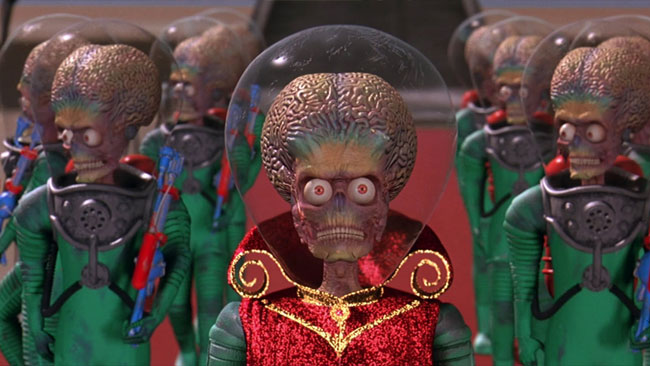
They say that sequels are never as good as the original, and they’re usually right. For every “Godfather, Part II,” there’s the sequel to “The Sting”; for every “Empire Strikes Back,” there’s a “Grown-Ups 2” to remind us that film stock burns very quickly and at a high intensity.
Film sequels also like tweaking concepts that worked swimmingly in the original film—-like replacing Bill Murray with Dan Aykroyd in “Caddyshack II,” or turning Indiana Jones (however briefly) into an evil worshipper of the goddess Kali in “Indiana Jones and the Temple of Doom”—in a misguided attempt to see what audiences will swallow the second time around. Sometimes it works, sometimes it doesn’t.
It is with this sense of misguidedness that I present to you yet another list of Films You Shouldn’t be Afraid to Love, and a motley crew it is: on the list is at least one wildly successful film (“Flashdance”), a noble failure by director Tim Burton, and a messy attempt at an action film (“G.I. Joe: The Rise of Cobra”) that made me pull the toys of my youth from the closet and stare at them in abject wonder.
1. Flashdance
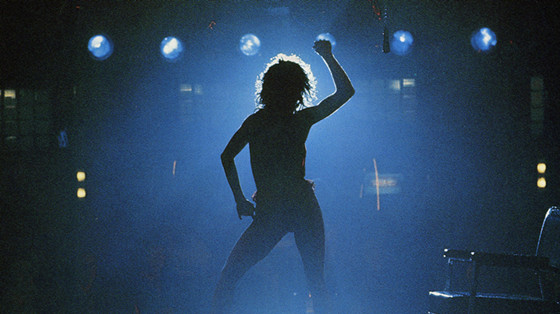
The statistics for “Flashdance” are gaudy: over $200,000,000 earned at the box-office worldwide; an Oscar win for Best Original Song; the soundtrack alone has sold over 20 million copies worldwide.
It all adds up to one thing: people LOVE this movie! Why shouldn’t they? It’s slick and glitzy and easy on the eyes; Jennifer Beals is adorable in the lead role of tough-but-sensitive Alex, who has pie-eyed dreams of being a prima donna dancer in a legit repertoire company; the dance sequences are still sexy and intense, over 30 years after the film’s release.
“Flashdance,” perhaps too easily, became emblematic of its time (it was released in 1983), exhibiting a portentous quality of which its director, Adrian Lyne, may not have been aware. Gaudiness, flashiness, mass consumption, abound in the film; the dance sequences are created through innumerable jump-cuts and sharp camera angles, calculated to make the women performing them seem like bright, beautiful things. Indeed, much of film has the look and feel of an extended music video, an art form that, by 1983, was so easily entrancing the kids of America.
And that’s okay, ‘cus that’s what makes “Flashdance” the film that it is. Call it melodramatic fluff; call it digestible commercial candy; call it a cheap imitation of “The Red Shoes”; call it what you will, all I have to do is show you the money.
2. Commando

Gone are the days when a man could escape through the wheel-well of a taxiing passenger jet in order to rescue his kidnapped daughter from a bunch of South American bad guys—or, maybe not, as long as a movie like “Commando” is still around.
The year 1985 was a high water mark in Arnold Schwarzenegger’s movie career—nothing could stop him, not the Los Angeles Police Department in the first “Terminator” film, and certainly not the pitiful gaggle of South American mercenaries he picks apart with such ease in “Commando.”
Indeed, Arnold’s invulnerability to pain in this movie is beyond ridiculous, presented to us as nothing less than an action-figure: bendable, posable, with infinite points of articulation. Everything in the movie is confrontation: Arnold vs. An Airplane; Arnold vs. The Airport; Arnold vs. The Mall; Arnold vs. A Flesh Wound; Arnold vs. Unintentional Comedy; Arnold vs. South America—Arnold wins every time!
Nostalgic and easy to swallow, “Commando” reminds us of a time in our nation’s history when the Cold War with the Soviet Union was an Actual Thing, nuclear annihilation was a distinct possibility, and a one-man-army like Arnold Schwarzenegger could make us feel safe and secure. After all, anyone who can dispatch “Commando’s” Main Bad Guy via steam pipe should be immediately elected to political office, right?
3. G.I. Joe: The Rise of Cobra
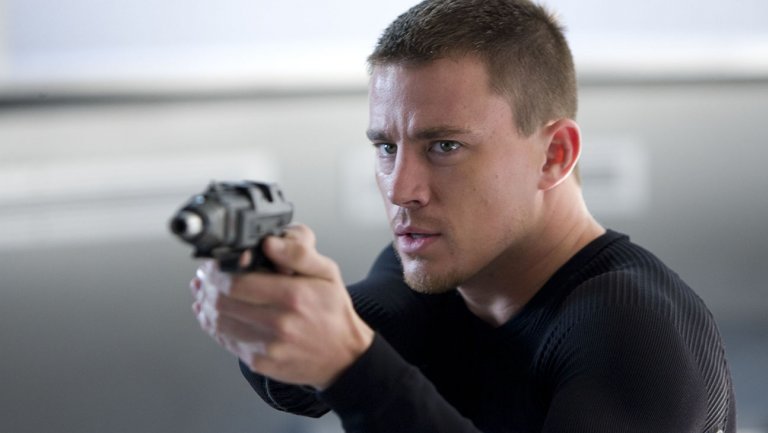
I played with G.I. Joe action-figures all time when I was a kid, often pitting them in epic battles against my beloved “Star Wars” action-figures. The “Star Wars” guys always won. The appeal of “G.I. Joe: The Rise of Cobra,” then, is a nostalgic one, even if my cinema brain is telling me that the movie from 2009 is hyper-inflated garbage. So many things explode or disintegrate in this film that it’s hard to keep track of what’s actually happening. It doesn’t matter.
Interstitial moments of back-story and character development stop the film dead, only to be ramped back into life as something else explodes, implodes, or gets stolen. The ninja duel between Snake Eyes and Stormshadow is really pretty cool, but, by the time it occurs near the end of the film, Stormshadow, the silent assassin of the comic books and cartoon series, has become a babbling shmoe whom we can’t wait to see hammered into the ground.
Every cool G.I. Joe action-figure HASBRO produced gets put through the ringer in this way, along with my childish sense of wonder. Then there’s me, sitting in the dark, guffawing to myself, thinking, “Haw! The Night Raven plane looks really neat! Hee!” Such a schmuck.
As a sidenote, a good degree of legitimacy is added to the film in the performance of Joseph Gordon-Levitt as Cobra Commander. Gordon- Levitt should be applauded for what he does here: yelling, snarling, and basically chewing his way through every scene he’s in, his performance has to be seen to be believed.
4. Legend (1986)
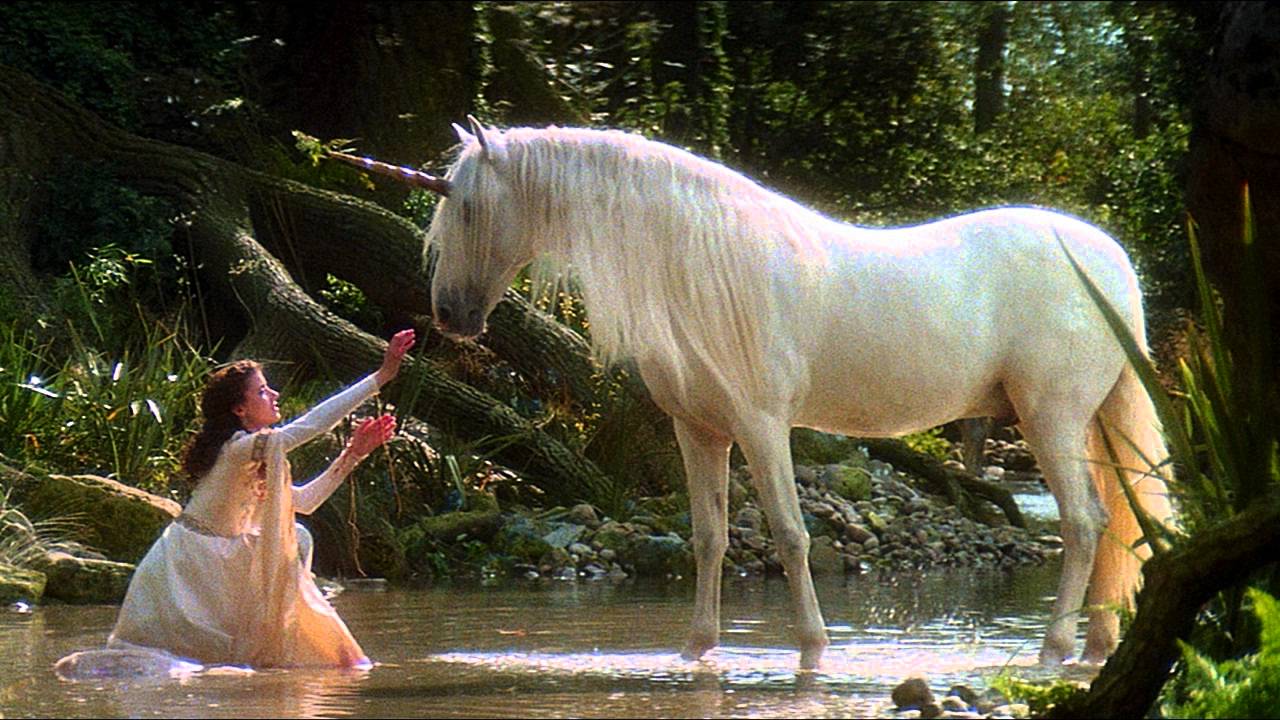
At the risk of hyperbole, “Legend” can easily be placed on a list of the most beautiful films ever made, resting squarely alongside other breathtaking pieces of cinema such as “Days of Heaven,” “The Red Shoes,” and “Blade Runner.” Having said that, it is equally difficult to fathom the fact that “Blade Runner” and “Legend” were directed by the same man, Ridley Scott. Or, maybe not.
As a filmmaker, Ridley Scott has always been an ambitious, egotistical perfectionist, insisting on visual grand gestures and complex, often pessimistic themes. When this sort of thought process works, we get films like “Alien,” “Blade Runner,” “Prometheus,” and “The Martian”; when it doesn’t, we get difficult, sometimes mean-spirited films like “Black Rain,” “Kingdom of Heaven,” and “Matchstick Men.”
“Legend,” released in the United States in 1986, is neither mean-spirited, nor difficult; it is simply mind-boggling. Taking unfathomable archetypes and mythology itself as a sort of playground, “Legend” purports to create a fairy tale out of whole cloth, replete with elves, goblins, unicorns, and the Lord of Darkness.
A nice idea, actually, but problems ensue whenever a character opens his or her mouth, as non-sequeters about champions and magic rings pile up, one after another after another. One feels if more attention had been paid to the script, “Legend” could’ve have been really special.
The fairy-glamour scene that occurs mid-way through the film is a case in point: in it, a flirtatious pixie named Ooona attempts to steal a kiss off of the main character, Jack, by beguiling his human senses. It is a magical moment, full of awe and wonder, succeeding largely because of the appropriately coquettish performance given by the actress (Anabelle Lanyon) playing Ooona; we feel sorry for Oona, even though she is a mystical creature, while also sensing Jack’s stupid humanness.
“Legend” needs more scenes like this one; instead, we are treated to plot strands that whoosh away into nothingness, and dialogue that seems to run into a brick wall.
Why is “Legend” even on this list, then? Well, because I’m a sucker for Ridley Scott. He is one of the few directors—along with Scorsese, Spielberg, David Lynch, and maybe a couple of others—for whom I will drop everything to see what they’re up to. I’m a stupid cinephile that way. One still can’t escape the fact that maybe the best way to tackle “Legend” is to press the MUTE button and take in its splendor.
5. Mars Attacks!
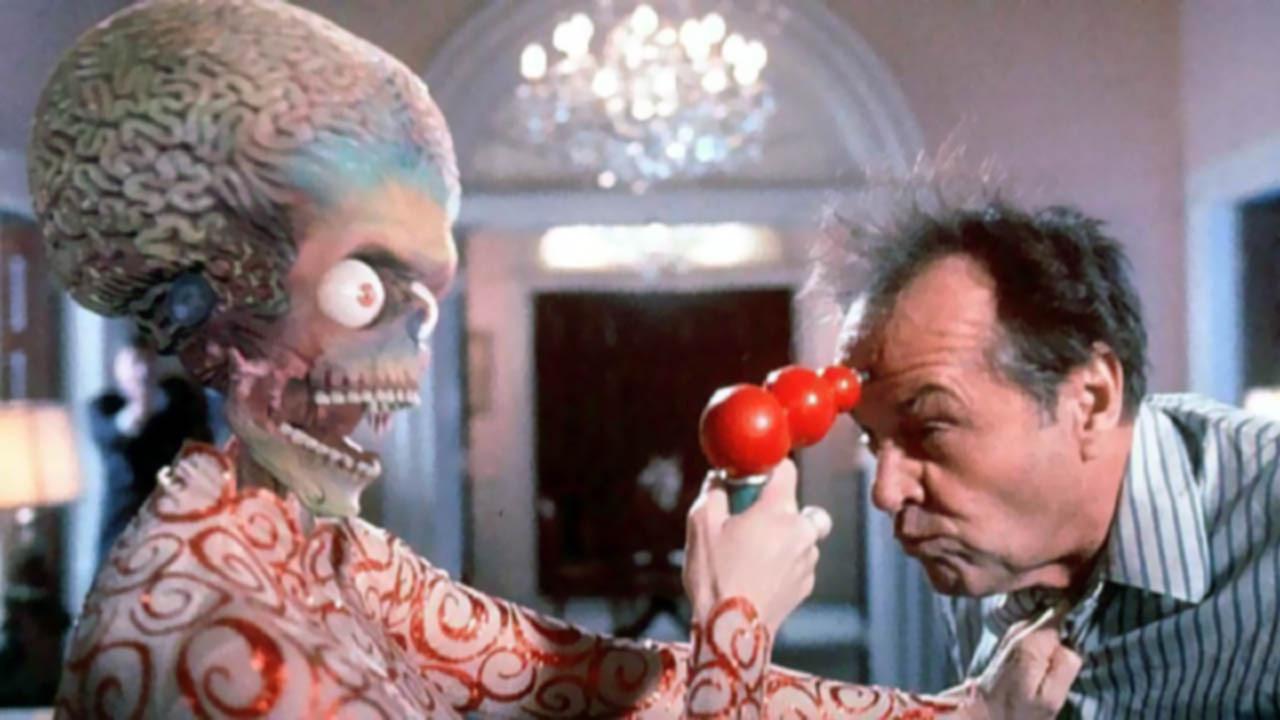
Several good things present themselves to us upon considering “Mars Attacks,” Tim Burton’s films from 1996.
a. The Martian language we hear in the film, an argle-bargle consisting of yelps, squeaks, and eye-rolling, is hilarious and even kind of precious.
b. The sheer ballsiness of Tim Burton in casting Jack Nicholson as the President of the United States. I mean, who would even think of fucking with that guy? Martians, apparently.
c. The fact that Burton’s distinctive animation style works well in creating his vision of the Martians: oversized brains, prominent teeth, and bulging eyes make them visually appealing and viciously comedic.
d. Whenever someone gets vaporized, they leave nothing but a brightly colored, red, green, or blue skeleton. Cool.
“Mars Attacks!” is a loving homage to the Atomic-Age sci-fi films of the 1950’s, “Earth Vs. the Flying Saucers,” “Invaders from Mars,” and “War of the World’s, all come into play, and we feel this throughout the entire film. The homage is given to us, however, at the cost of ignoring practicalities like characterization and narrative drive.
Characterization suffers, perhaps, because Burton, in honoring his beloved b-movie sci-fi of the 50’s, is too comfortable with casting his characters as the sort of stereotypes one often found in these films: the wise Scientist with an egalitarian vision of the Universe; gruff, yet determined Government Officials; Regular Teenagers who are the Only-Ones-Who-Really-Know-What’s-Going-On; the Big Tough Guy, ready to punch his way out of any situation.
Hollywood studios could get away with sort of thing in 1950’s, when so many filmmakers were willing to insert patriotic propaganda into their films in order to get them on screen. Such an idea literally gets blown to smithereens in “Mars Attacks!” when the Martians blow up Congress—so why does Burton continue to lean on his stereotypes, even after such a scene? Baffling.
Having said all that, Burton’s vision is still a fun, if simplistic one. It has several good moments, the best of which may be witnessing Lisa Marie (Burton’s paramour at the time) swishing her way through the White House as a Martian assassin disguised as a Marilyn Monroe-like call girl.
I can only imagine Burton convincing his actress to do this scene: “Okay, honey, you’re going to be wearing a skin-tight gown in this scene, and you’re going to be chewing gum the whole time, and I’m going to need you to swish your arms back and forth constantly. Do you think you can do that for me?” And he got what he wanted. But you have to wonder: did audiences get what THEY wanted?